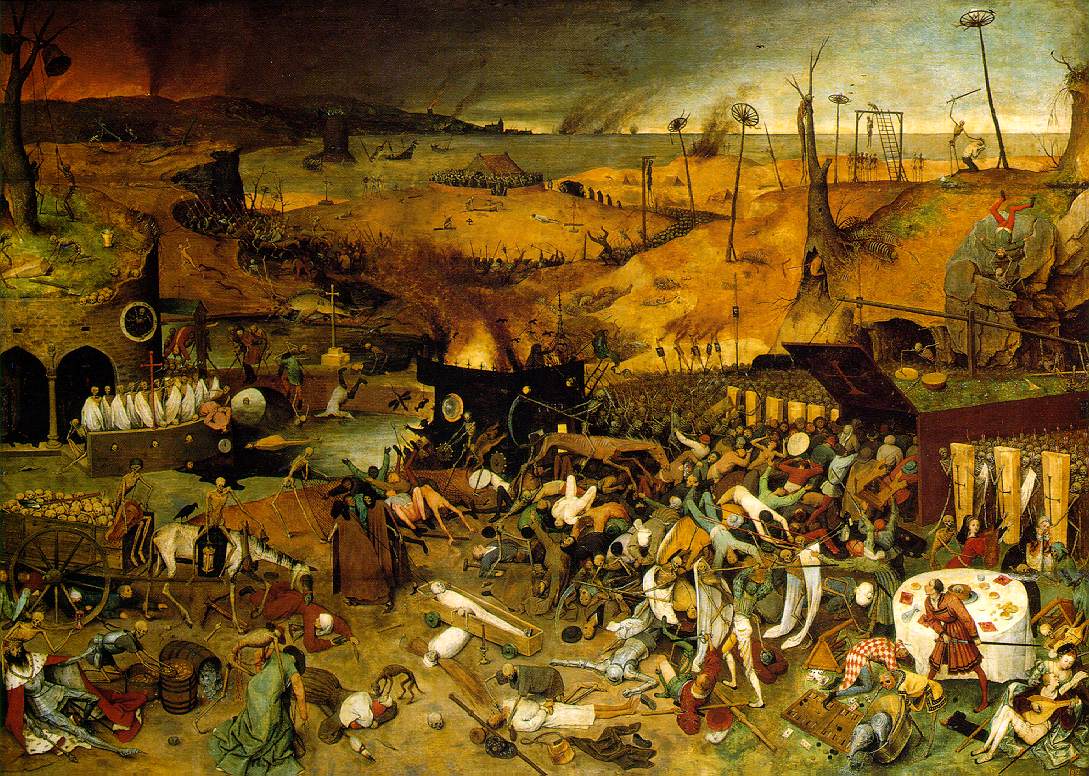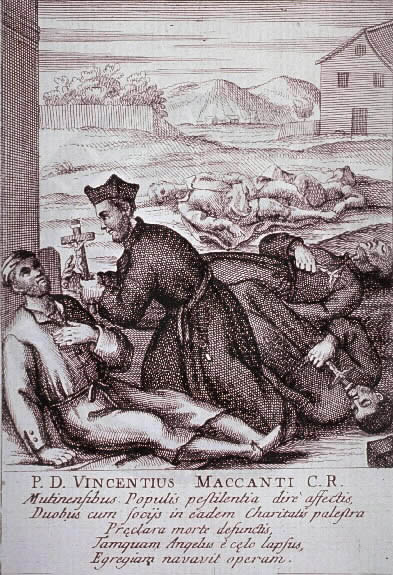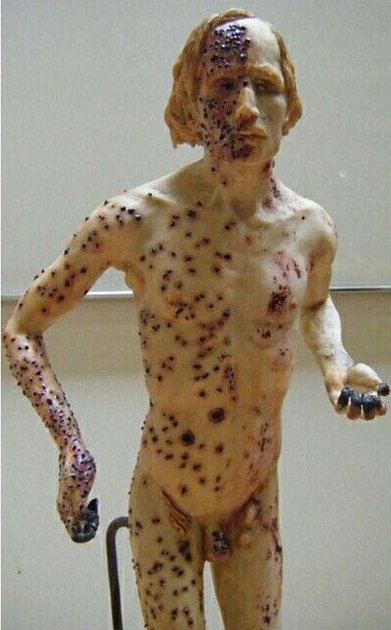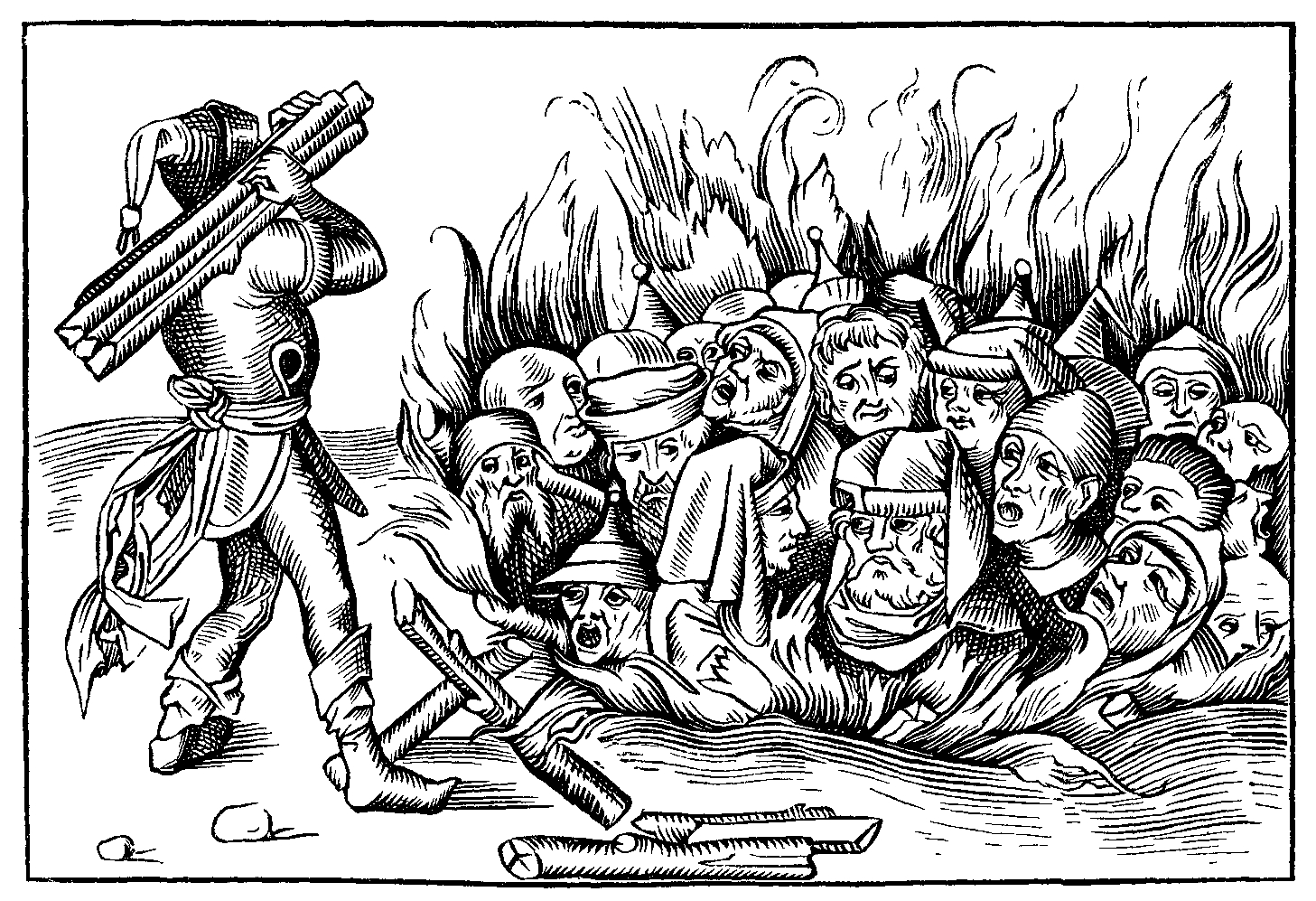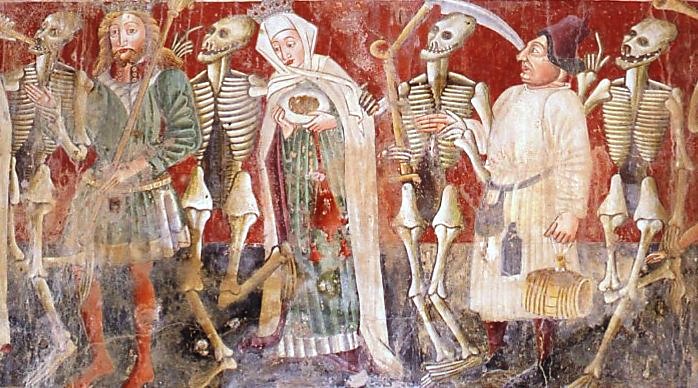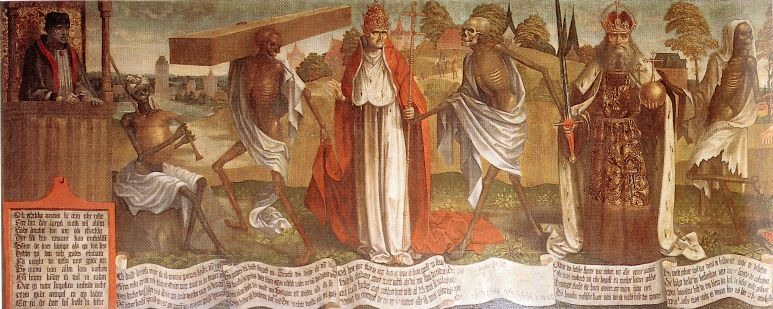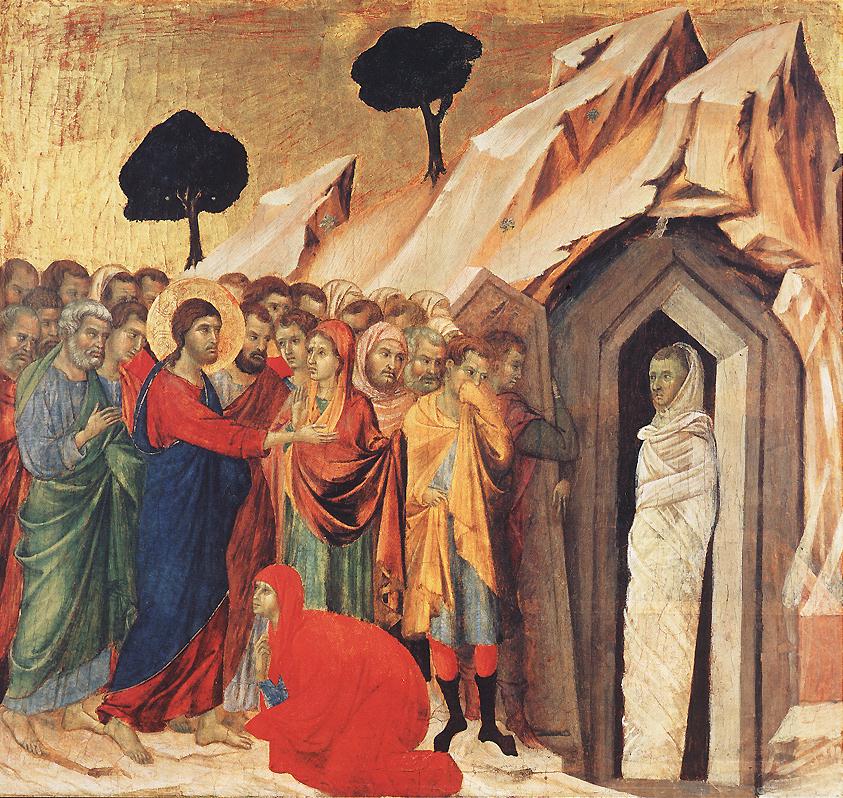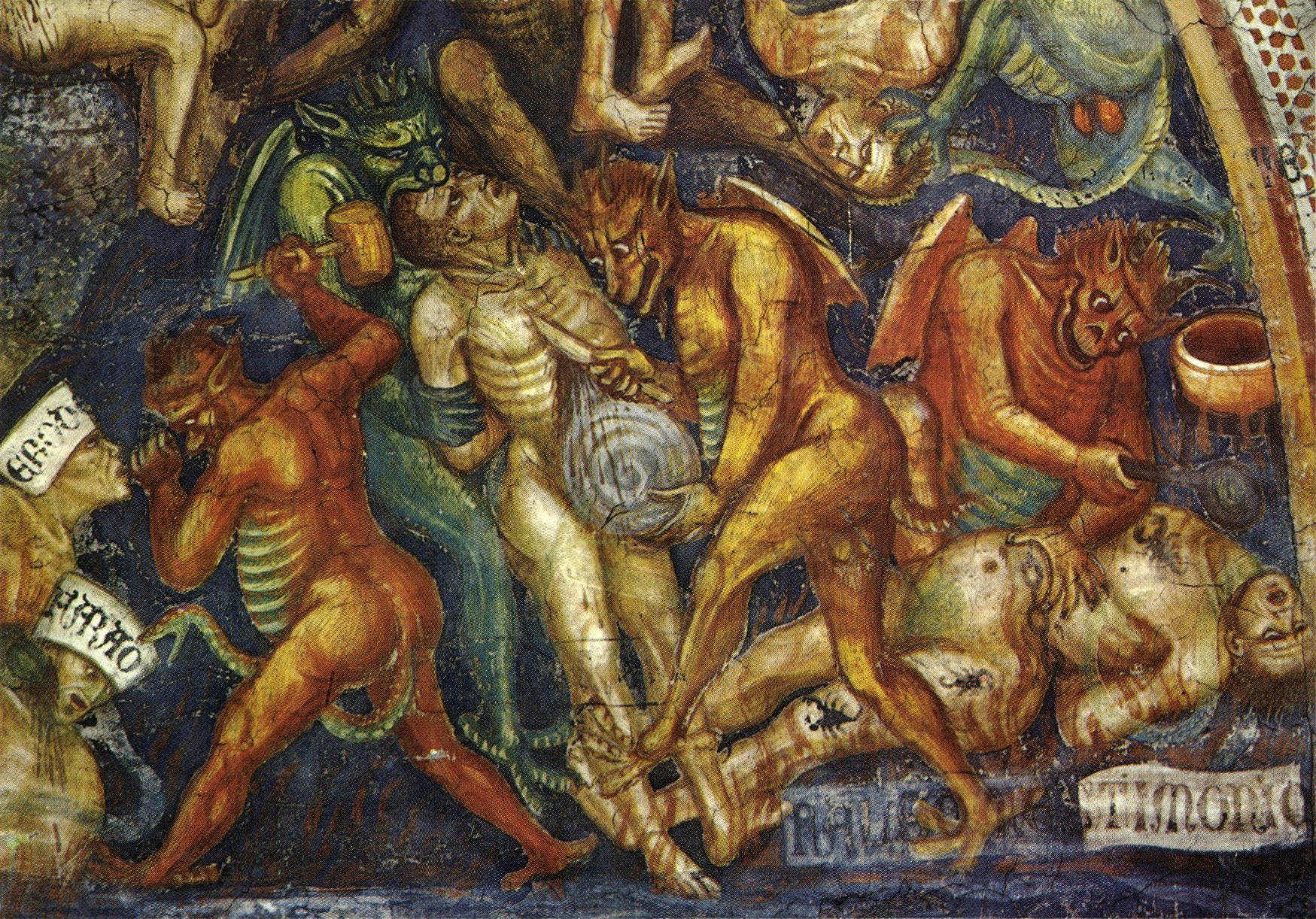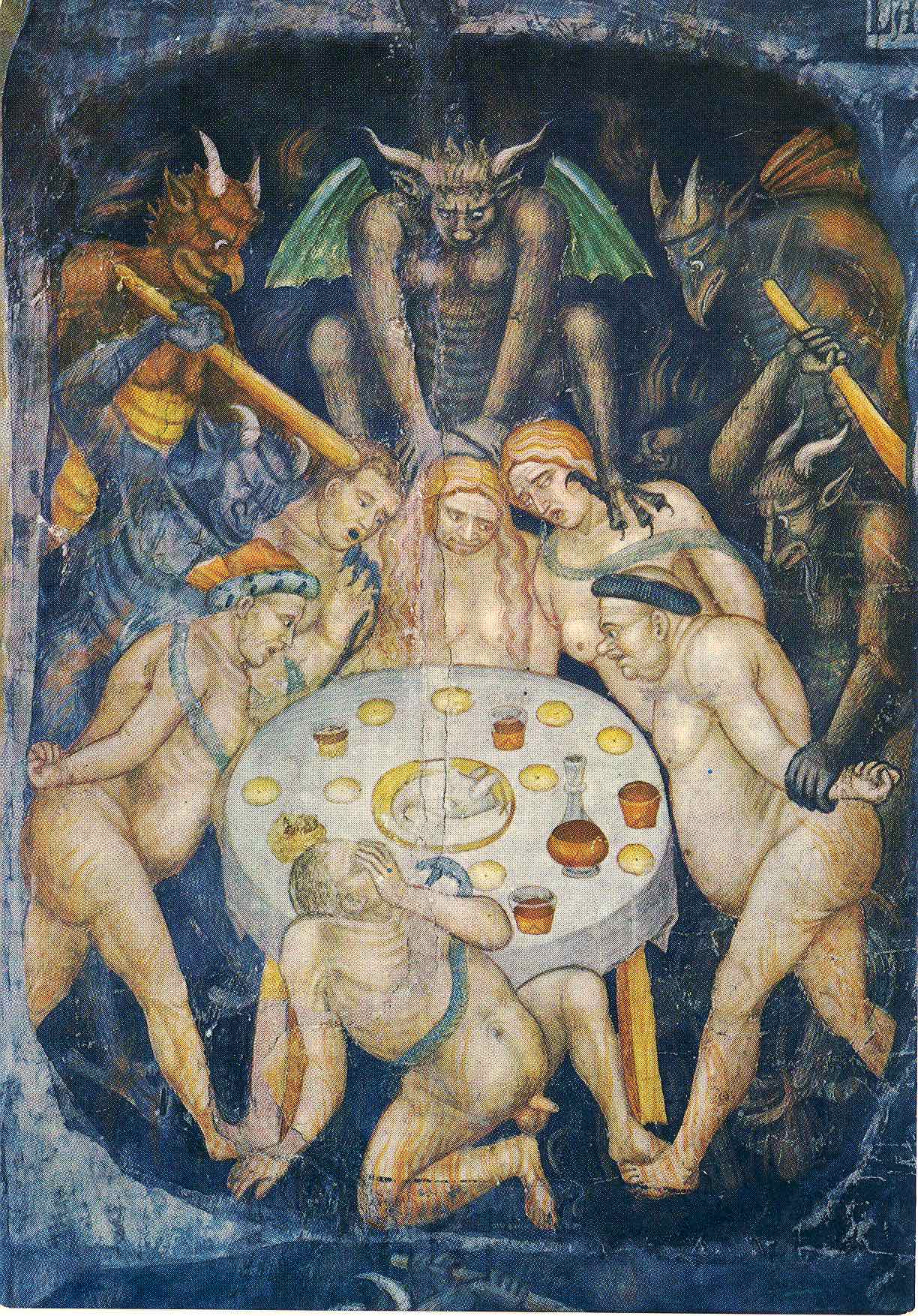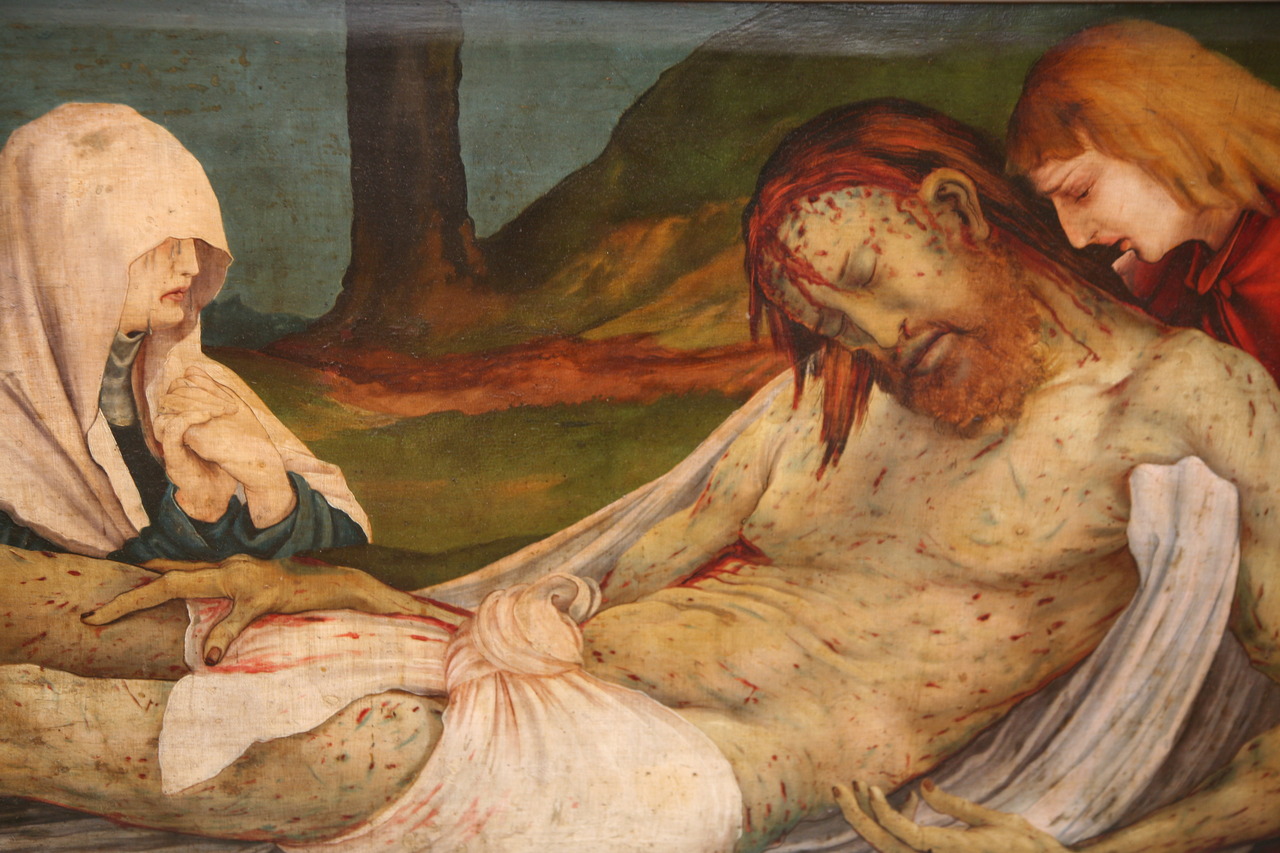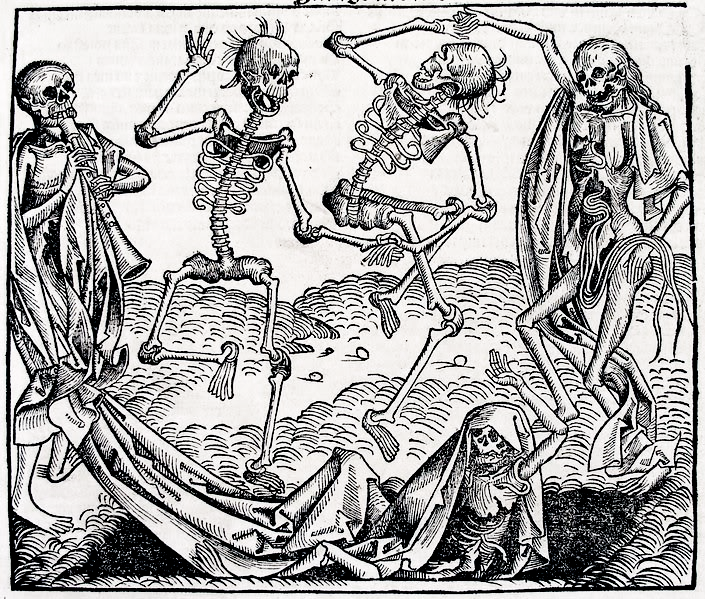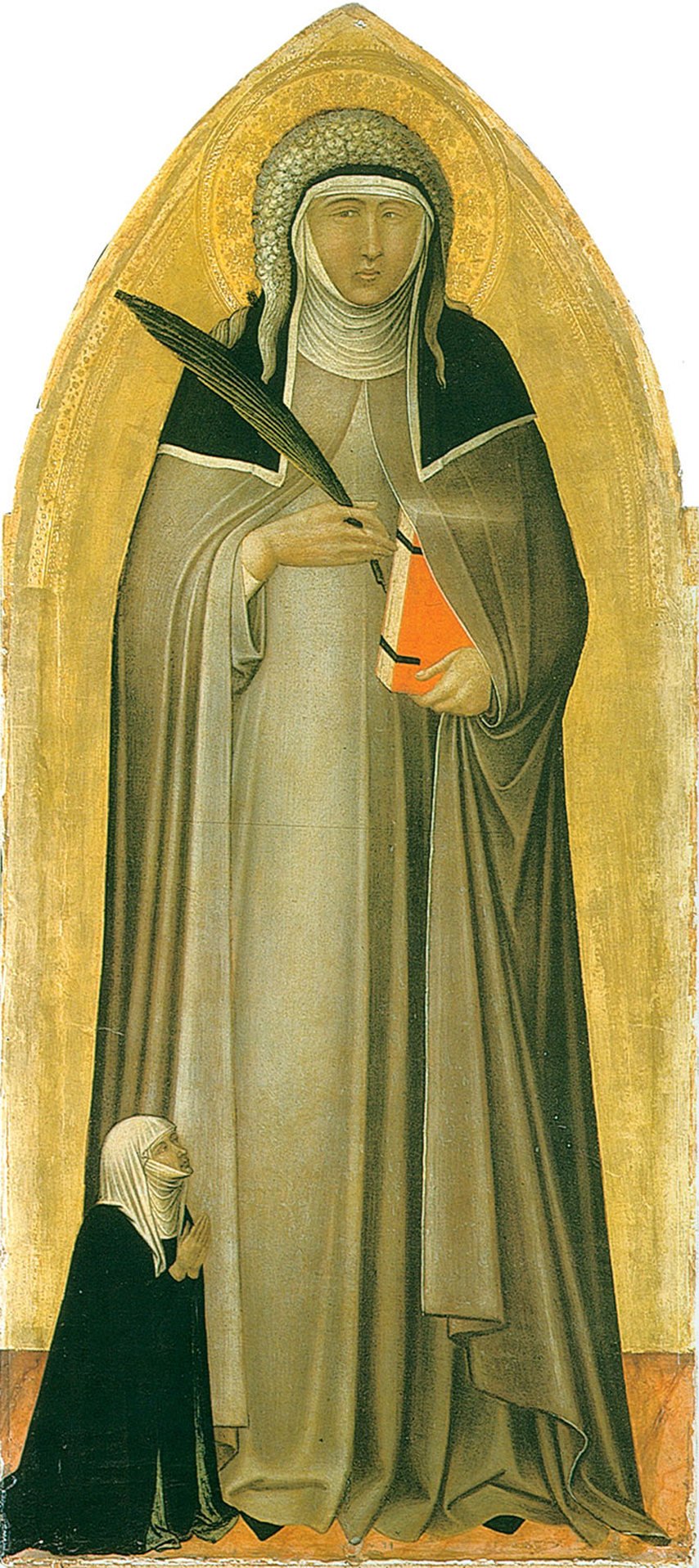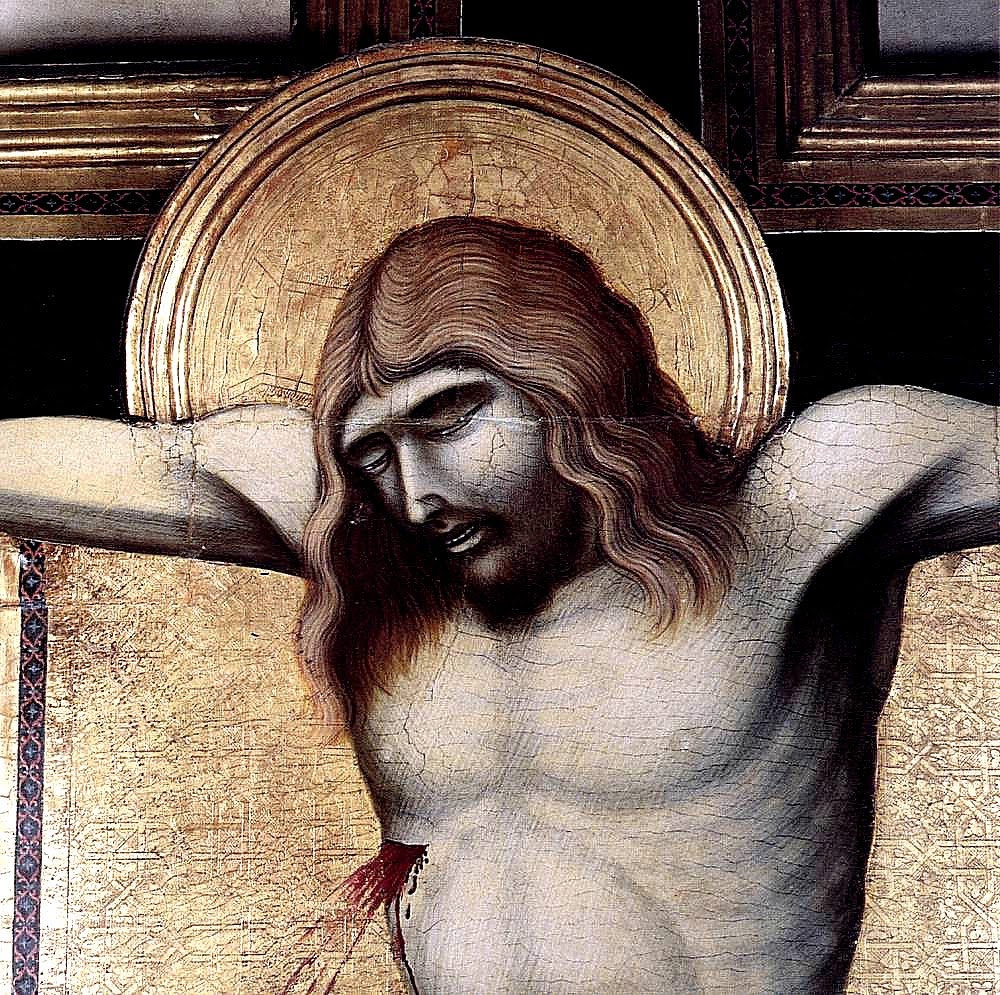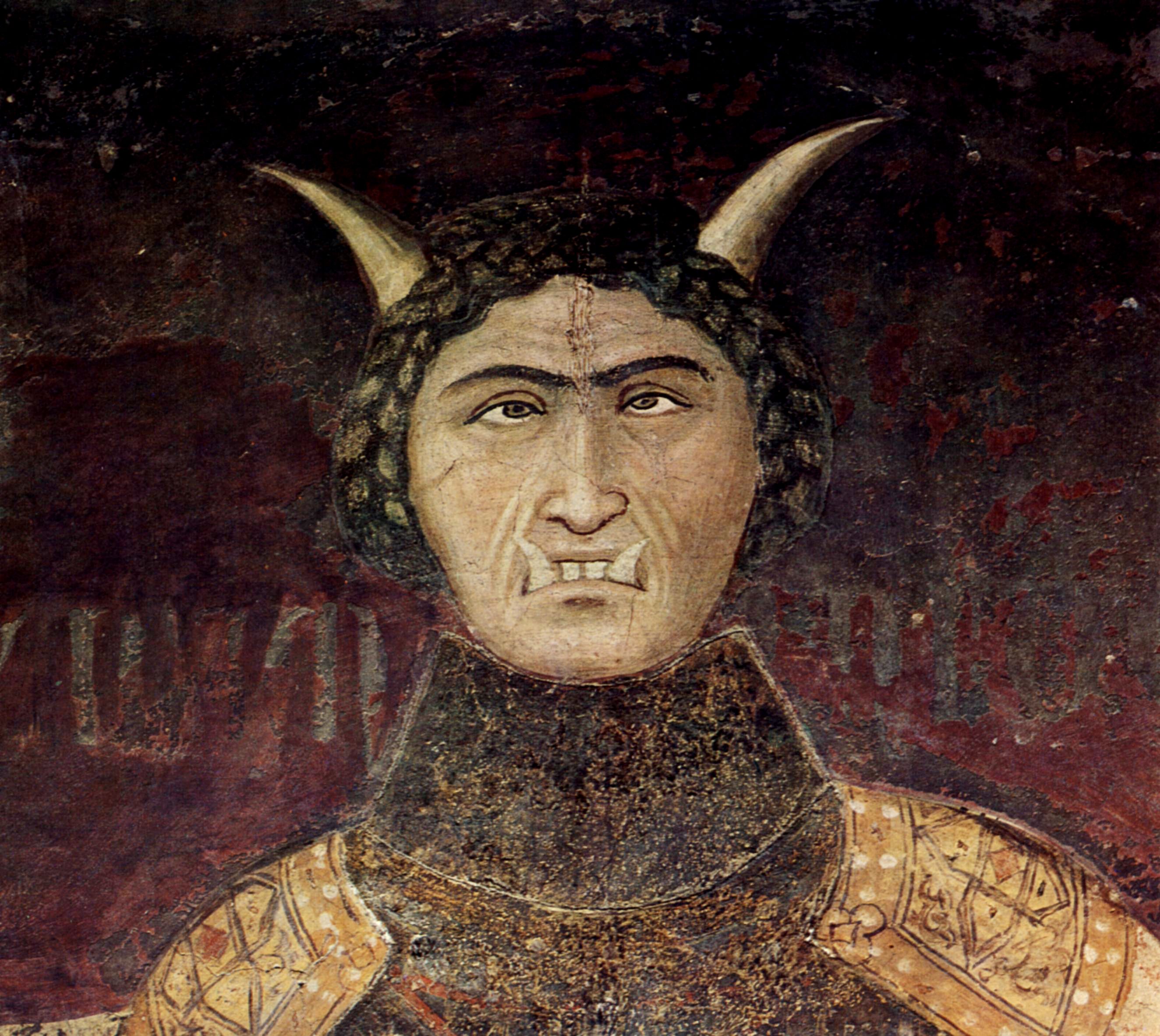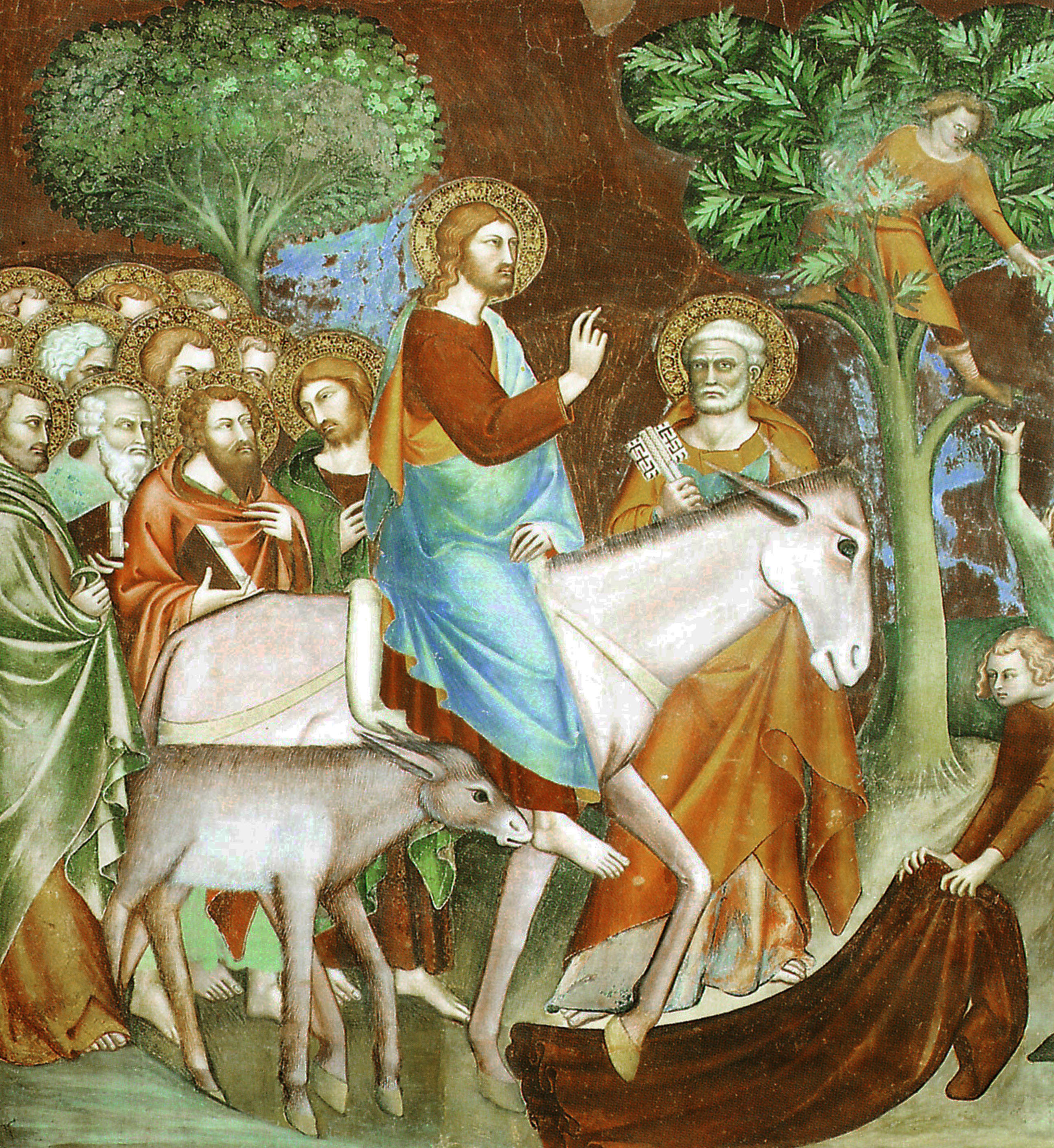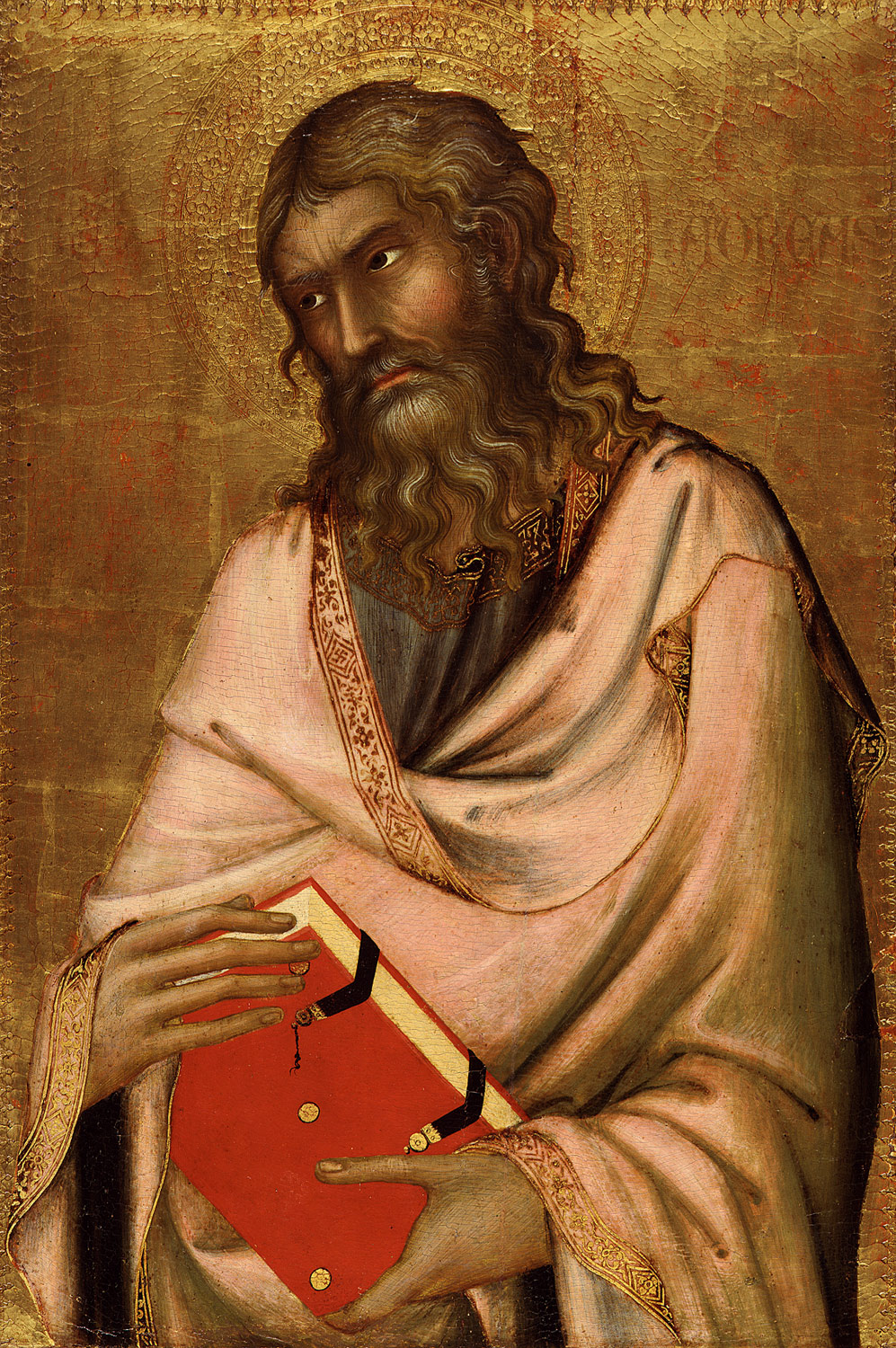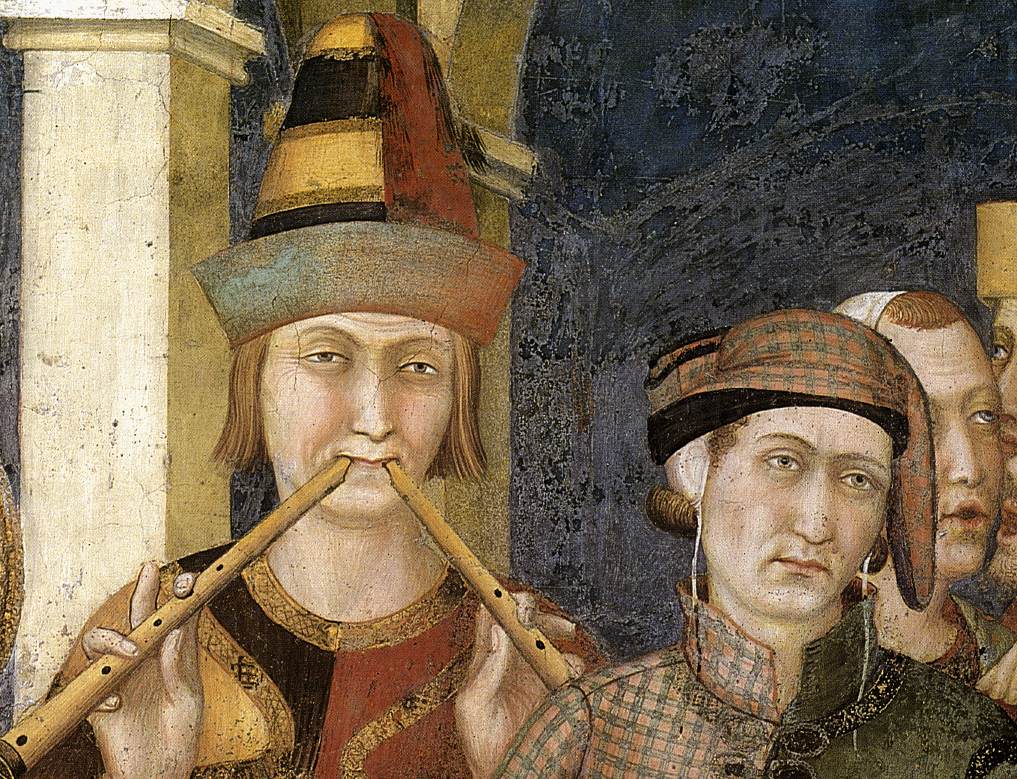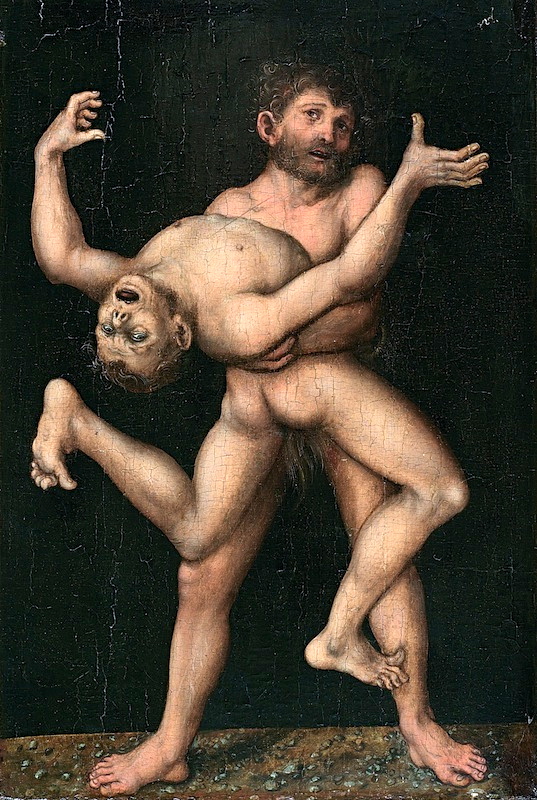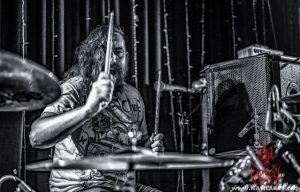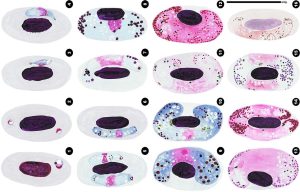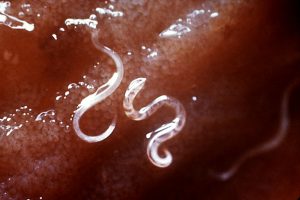Black Death Art: Plague Inspired Paintings
The Black Death peaked in Europe around 1348. It killed indiscriminately, it killed swiftly, and it killed en masse.
Returning in waves, by the time it had ended, it had killed more than one-third of the entire population of Europe.
One in three Europeans had been ravaged.
In fact, some historians put the figure closer to 50% of Europe’s population, although there was some regional variation; for instance, around 20% of British people died in total, but 60% of Londoners died and, in places like the south of France, perhaps as many as 80% of the population was depleted.
And, incredibly, most of this horror occurred over just 4 years.
As with most things in the medieval era, God was blamed for this crushing plague. Conversely, God also provided solace, after all, when life was likely to be very short, it was nice to have a belief in some kind of paradise in the afterlife.
Medieval worshippers were strong on the idea of paying for your sins through suffering.
In response to the Black Death, groups of so-called flagellants would walk from town to town, whipping themselves in self-punishment in an attempt to rid the towns of their curse.
Although their intentions were good, they more than likely spread the plague further afield.
One of the four horsemen of the apocalypse was called Pestilence. So, in medieval minds, the end was very much nigh.
It’s important to remember that people, looking like the guy below, were wandering the streets. People often died alone, either because no one wanted to go near them, or because their friends and family were already dead. They also died in the cramped streets of medieval towns. This was a daily sight:
Today we know the plague was most probably due to the Yersinia pestis bacteria.
It is difficult to imagine how confusing it must have been for people in the towns struck by the Black Death. They wanted answers. Why was this happening to them? They weren’t that sinful, and this was awful.
As often happens, random people would end up getting the blame – strangers, foreigners, Romani – but it didn’t matter how many people they killed, the plague raged on.
One group which received a particularly raw deal was the Jews. People started to believe that they had poisoned the water and, in many regions, Jews were almost entirely wiped out.
Part of the reason Jews got the blame was, according to some sources, because they died at a lesser rate during the plague.
Although to a medieval mind, this seems mighty suspicious, it is more likely to be due to their ritual cleansing practices – they regularly washed their hands after going to the toilet, touching animals, and before eating. Other europeans at that time were much muckier.
Unsurprisingly, an event of such horror and size deeply entered the public consciousness, and so its art. The Black Death was life. It was a daily concern. Death became an even more integral part of their art. Death was supreme.
Below are some of the paintings undertaken at the time of the plague or within a century or so, and still draped in its dark veil.
Although not all of the following works directly depict the plague, and were painted sometime afterwards, the grim reaper is never too far from the painter’s brush. They are as bleak as they are beautiful:
Matthias Grünewald – The CrucifixionMORE DARK ART:
INTERESTING PORTRAITS OF THE DOGES OF VENICE

